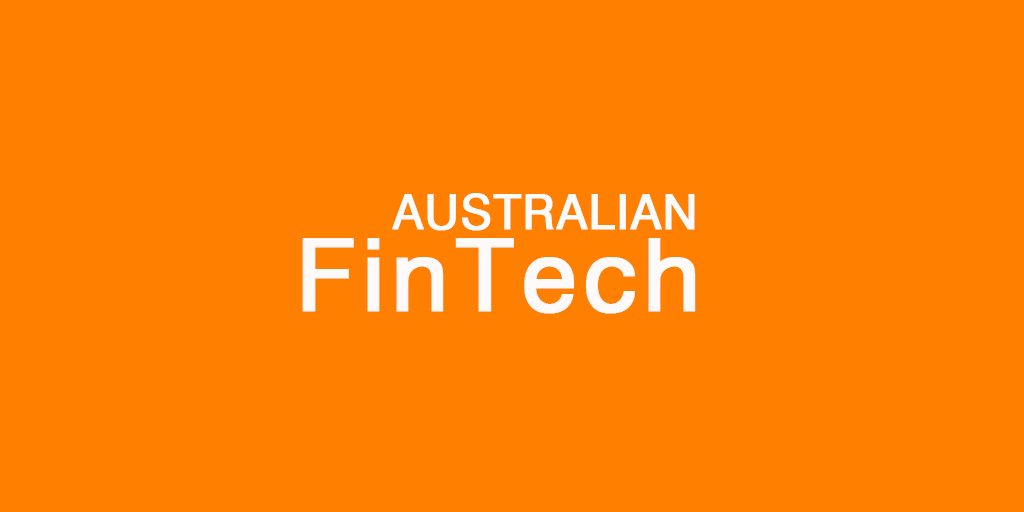
BGL congratulates Chief Operations Officer Daniel Tramontana on 25 years at BGL.

BGL congratulates Chief Operations Officer Daniel Tramontana on 25 years at BGL.

Dear New Friend,
I have met many people in the past that have tried to engrain CX through their business. I’ve seen some succeed and some commit a total faux pas. I care about you and I’m here to help you avoid being the latter.
Although not the same, it is important to note that they are very much integrated. To succeed in the CX space, you should always strive to provide optimal customer service but that only scratches the surface of CX – Don’t be fooled! Avoid thinking CX has been implemented successfully if you’ve only mastered customer service.
You can’t simply give everyone in the company full responsibility for implementing CX and hope it grows organically, it won’t. However, you also can’t give one employee soul responsibility for CX because it is a culture you need to nurture. Culture doesn’t come from one person; everyone needs to be on the same bus and heading in the same direction! It’s a terrifying concept trying to think of how to get everyone on the same page, I know, but once you get momentum there’s no stopping you.
Depending on the size of your business, would recommend appointing someone (or a team) into CX role(s). It’s their responsibility to drive CX strategy and continuous improvement. In addition to this, it’s every single employee’s responsibility to take that strategy and bring it to life. One in, all in and if not, maybe they caught the wrong bus?
As an example, BGL implemented Zendesk in 2018 as our core technical support platform and yes, it’s one of the greatest pieces of technology in the support space but it’s not the only reason BGL has one of the best support offerings in our industry.
Here’s only some of what sets us apart in Technical Support:
My point is, it’s great that BGL has Zendesk and it makes CX easier to implement, but we wouldn’t be successful without all the moving parts.
Often people make the mistake of thinking CX is most important in their Support Teams or Account Management Teams however, the fact is that it is every single touchpoint your clients have with your business (directly or indirectly).
It’s the greeting they receive at reception, it’s the website look and feel, it’s the webinar you run, it’s even down to the way some random person talks about your business in a forum. EV-ER-Y THING!
Please don’t make the mistake of thinking it matters more in any one space throughout the business!
My friend, I hope that I have guided you in the right direction and in some way helped you to avoid being the person with lunch in their teeth. My final piece of advice, for now, is to not overwhelm yourself with the big picture. Zoom in, break it down bit by bit and adopt this as a lifestyle change. You’ve got this, I know you do.
So, how will you approach CX and avoid the faux pas?
Love,
Your CX BFF

Published by Australian Fintech on 15 February 2022
Click here to read on the Australian Fintech website
BGL Corporate Solutions, Australia’s leading provider of SMSF administration, portfolio administration and ASIC corporate compliance solutions, announce its Simple Fund 360 and Simple Invest 360 are now integrated with advisory and reporting software solution, AVA Systems.
“It’s great to add AVA Systems to the BGL Ecosystem,” said Ron Lesh, BGL’s Managing Director. “The integration between Simple Fund 360, Simple Invest 360 and AVA Systems provides consolidated portfolio reporting for fund, trust, company and individual portfolios giving our clients and their clients a holistic portfolio view.”
Andrew Quinn, CEO and Founder of AVA Systems, said, “We’re thrilled with this partnership and to be able to offer BGL clients AVAs grouped reporting tool straight from their platform. Personally, I have been in the corporate advisory and insolvency sector for over a decade and saw the niche for accountants needing software to become more hands for their clients. Coupled with AVAs family grouped reporting ability and AVAs integration with BGL, AVA can now allow accountants to advise on how their clients are doing swiftly and efficiently. Superannuation, investments and businesses all tied into one.”
Apart from integrating with the BGL product suite through Simple Fund 360 and Simple Invest 360, AVA also allows clients to consolidate Xero ledgers with more integrations coming in the near future. “This is a real win-win for our clients,” added Lesh.
BGL currently has over 350 partners in its Ecosystem and it is great to be able to add AVA Systems to the list.
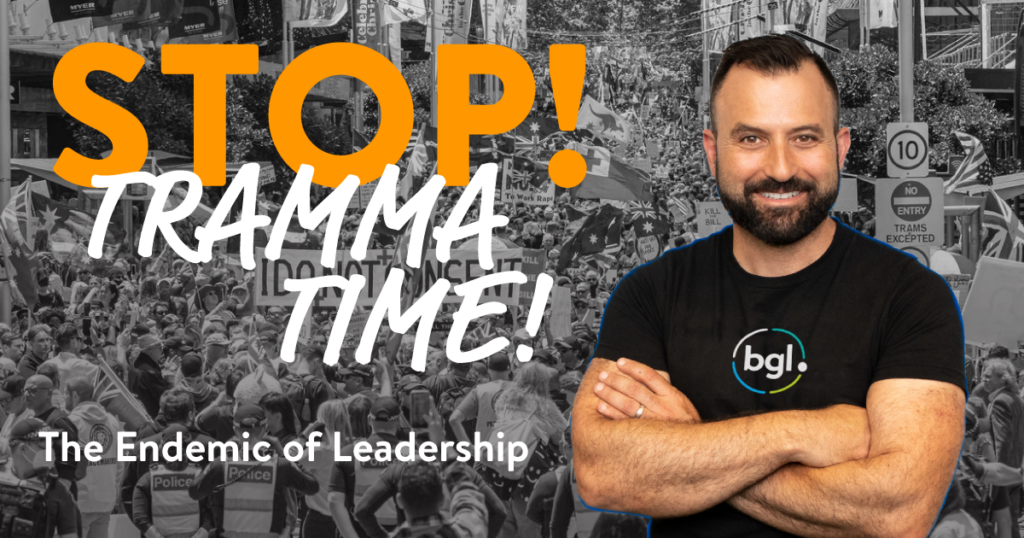
We have an endemic of leadership in this country. The biggest threat to our nation and people is not the virus. It is in fact many of our leaders.
As a 1st generation migrant, I was so proud to call this country home. So proud when I traveled overseas to boast about the beauty of our landscape, freedoms and wonderful opportunities available to all. Friends and family would engage with me with a sense of envy of the beautiful country of Australia.
Today I am not so proud. Today I am disappointed that the fabric which once distinguished our very country from the rest of the world has been torn apart.
In my VIEW, the deterioration of our society across this nation is directly attributed to our leaders. Many of our leaders have forgotten that their purpose is to serve the people. To set the stage, creating a society that is united and overflowing with opportunity. A society that is inclusive, considerate and respectful. One where differing views are accommodated, respectfully discussed, and embraced. One where an individual is not mocked or shamed for communicating a deeply held belief.
Instead, many of our leaders have caused a deeply divided Australia. One where people’s choices have been eroded and mandates have been forced. Compliance has been heralded and bragged about as great leadership. I instead view it as an abuse of power and coercion to force outcomes. People forced to make a choice between putting food on the table and or going without, is not a choice. For some, it may be, but for many, it’s about dignity, provision and survival.
Consider the recent protests in Melbourne where those who attended branded extremists. A small % may well be, the majority however are not. They are normal everyday Victorians who are appealing to the tone-deafness of our leaders. What I can not believe is the government officials not presenting themselves before the people to hear their cries and address their needs. Instead, with arrogance and contempt, they press on because the preservation of their pride and the need to be right is far more important than doing the right thing for the people.
Countless decisions by many of our leaders and their behaviors leave much to be desired. For many in power, their experience and qualifications (huge lack of) to hold a position has me questioning the validity and competence of those elected to run a proper economy, education and health system. Let me ask a question, would you let an accountant perform a knee reconstruction? Absolutely not. The reality is, many of our leaders are elected on personality, popularity, spin and how big their budgets are to run good campaigns. Being friends with those in power also seems to be an important checkbox to be ticked when assessing the suitability of a candidate. Very obvious is the fact that qualifications and experience are not part of the recruitment equation.
We need an overhaul of leadership in this country.
We need people to step up who are competent, qualified and most importantly invested in this great country and its people.
People who will push aside the narrative, take a stance and truly represent the people that trust them to lead.
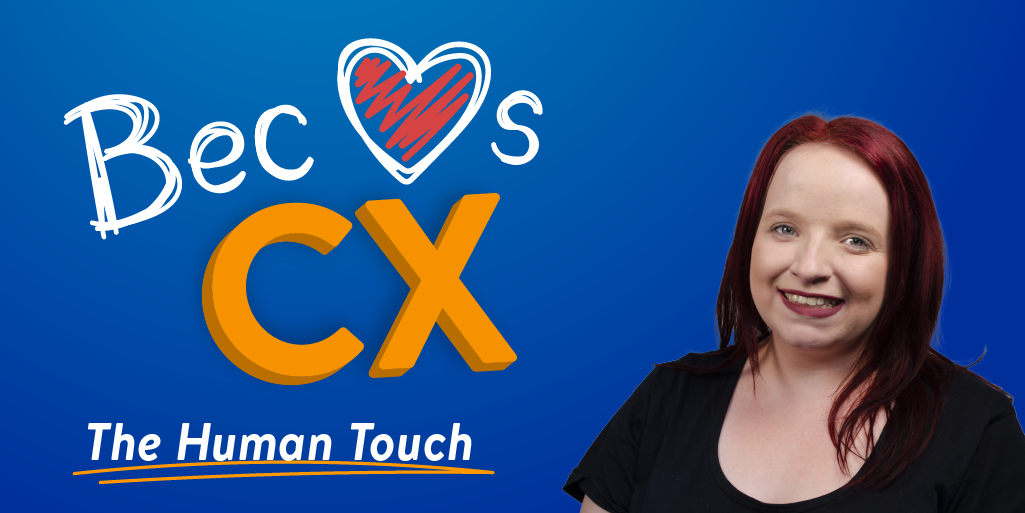
Steve Jobs previously said, “You’ve got to start with the customer experience and work back toward the technology – not the other way around”. I could not agree more!
Too often we focus on simply getting the task done and we avoid putting ourselves in the shoes of our clients to truly understand what solutions the business should be providing.
To apply experience design, there’s a process involved and elements you need to consider:
The key takeaway I get from these steps is that it is vital to involve your clients in the process – this is type of design approach is referred to as ‘Human Centered Design’. We must involve our clients in designing their experiences to ensure we are providing them the right solution. You’d be very surprised how many of your clients would love to be involved in such initiatives.
It’s important to also recognize that not everyone knows where to start when it comes to this and if this is you, I encourage you to consider recruiting a person who has the experience (internally or externally) and is passionate about it.
Here’s a great example of the payoff this type of design process can achieve for your business:
A hospital in America wanted to know how they could ensure they were providing a pleasant experience for the patients that stayed with them. In pursuit of human centered design, they hired a professional experience designer to conduct research and provide recommendations.
The designer jumped into a hospital bed and placed a camera next to his head (in-line with what he could see) and spent a day in the life of a patient. Watching the footage back, he identified that for most of a patient’s day, all they saw was a dull grey roof. Fellow patients concurred that they were sick of looking at it. Imagine how bored you’d be!
Following the research conducted, the hospital had their roofs painted by a professional artist and eliminated the dull grey. Patients were delighted with the change and the feedback was nothing but positive. It gave them something else to focus on during what is usually a difficult time.
If the hospital hadn’t have hired this professional, odds are they would never have thought to jump into a bed and take a walk (or lay) in the shoes of a patient. Very effective and the return on investment was profound.
As we Australians head into summer, I encourage you to take a walk to your local park sometime this week, sit in the sun and watch this TEDx talk by Evan Fried on your phone. It’s 8 minutes long and will open your mind to designing experiences that solve problems. Get some vitamin D and a better understanding on how to tackle the next stage of your CX journey!
What services or products are you cooking up for clients that might need the human touch first?
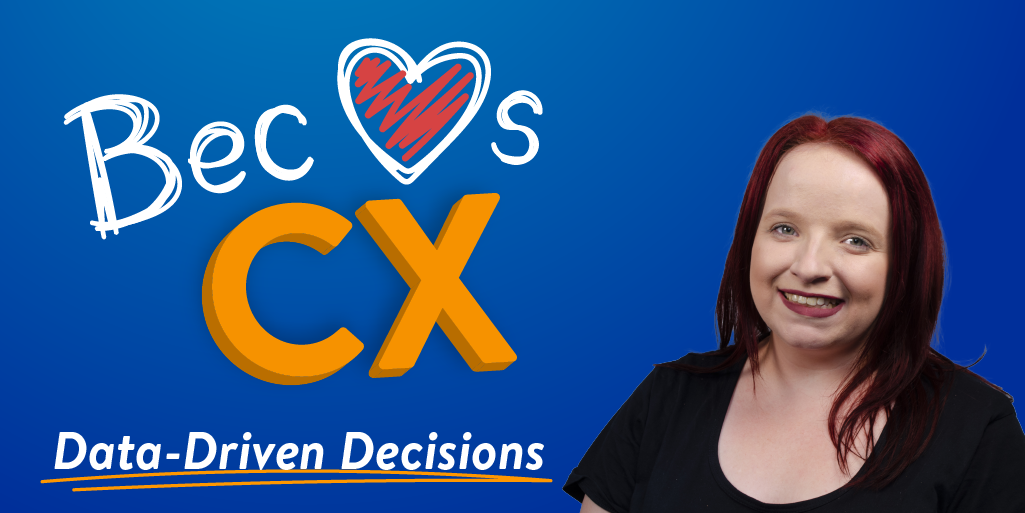
You’ve put your Customer Experience Strategy out into the atmosphere and now your team and your business have the foundations set and completed your first step in becoming a CX guru!
What happens next? You deep dive into understanding your clients, using Voice of Customer (VOC), Customer Insights and Understanding.
Shifting your focus to understanding your clients is the best approach for enabling your team to gain a genuine understanding of who their audience is. When you know this, you can then start using this information to align your CX strategy and your CX delivery with your clients’ best interests. Calling all Accountants – Who doesn’t love making data-driven decisions, am I right?
There are two types of approaches that can be used to collect information:
For example, Airport security collected data (quantitative) and conducted observations (qualitative) of passengers to identify that floppy-eared sniffer dogs were viewed as less intimidating to passengers and made the experience more enjoyable and people more cooperative, therefore in most cases, the dog that sniffs your bags prior to departure will most likely look like a dog you would want to cuddle.
How do we make sure we provide the “fluffy puppy” experience?
Whilst quantitative data collection enables you to make data-driven decisions, you must consider the fact that the surveys are created by you, and you decide what to ask – Before you send a survey, ask these questions:
As much as accountants thrive on data, it’s important when collecting it, that we get it right or the decisions we make based on the results will be misaligned. Data can be our friend or our foe, don’t rush the process and make surveys valuable!
Qualitative information is where you can start to build up client personas because everyone is different but is just as important as one another in the CX lifecycle.
Client personas are fictional characters that represent the key characteristics of the main types of clients you will encounter through the business. It is an easy way of capturing your understanding of them and putting a personal touch on them.
For example, you might have a client that (for persona purposes) is called ‘John’. John is a 37-year-old business executive, who is a sole trustee of his own SMSF. When he comes in for his annual appointment with you (the accountant), you notice he drives a Tesla and always wears a handmade suit. John is sophisticated and is always short on time.
For someone like John, you would design your CX delivery based on your CX strategy and ensure it aligns with his persona.
Again, this can be your friend or your foe. Don’t ever simply create personas off the top of your head. Do your research and really get to know people. This will ensure your fictional characters accurately represent different pools of clients that do business with you and help you to design CX journeys for each type of client.
Your investment in research and data collection should be at the core of every decision you make, be it CX or otherwise. How are you going to adopt these approaches in your business today?
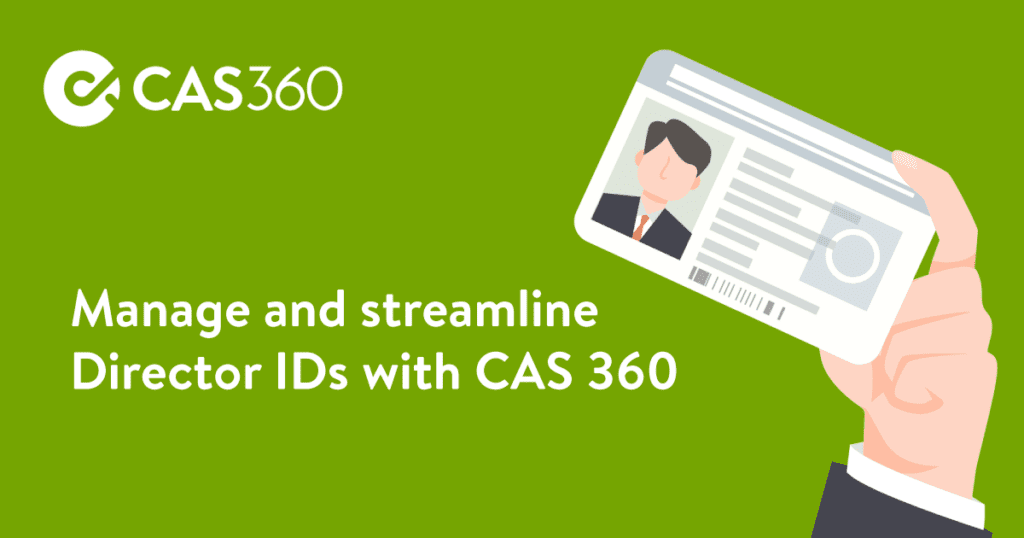
CAS 360 is Australia’s leading cloud solution for the management of companies and trusts.
The recent introduction of Director IDs means Australian company directors are required to identify themselves with the ABRS via MyGovID between now and November 30, 2022.
ASIC Registered Agents help businesses handle the compliance requirements of the vast majority of Australian companies, so the job to ensure every company director has a Director ID will ultimately fall on their shoulders…
To help manage and streamline the administration of these new requirements for ASIC Registered Agents, BGL released a suite of Director ID features in CAS 360. We have not just “added a field” to record the Director’s ID. We have provided a suite of features to help you through the process. Click here to skip ahead to our video >>>
The Director ID alert will show CAS 360 users the company directors that have completed their Director’s ID.
The Director ID screen provides CAS 360 users with the ability to:
Watch our video to hear from BGL’s Head of CAS 360, Warren Renden and see a live demonstration of the Director ID features available now!
If you would like to learn more about CAS 360 and how it can benefit your business, contact the BGL sales team on 1300 654 401 or email sales@bglcorp.com.au.
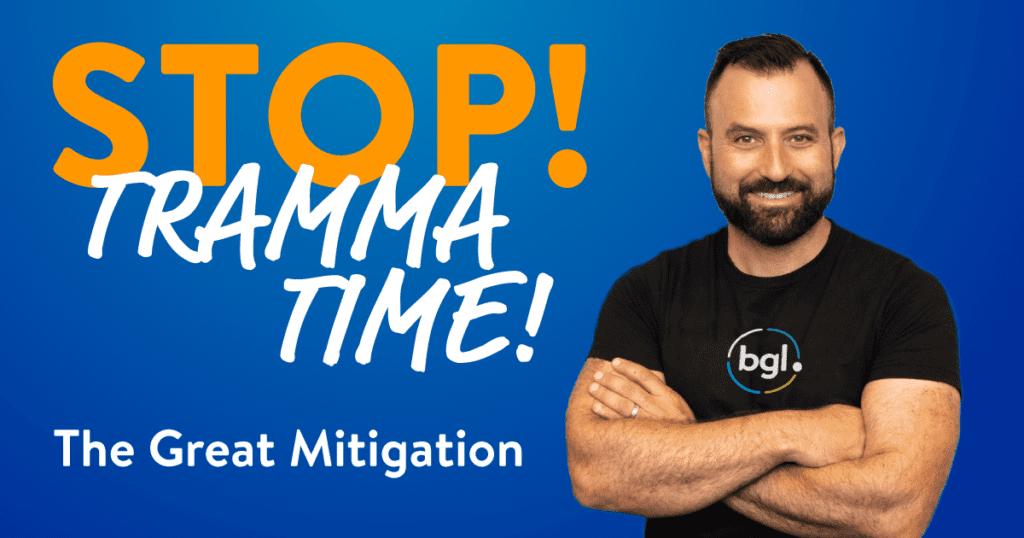
The great mitigation.
There has been a lot of talk and publications across the world talking about the Great Resignation. For various reasons, it is estimated that a significant percentage of the workforce is looking to switch jobs when things go back to the new version of normal.
Let’s not sugar-coat this. This is a potential threat to business. Let’s face it, losing good people is hard at the best of times. Given the current shortage of labour right now and the difficulty with recruitment, losing good people will have an impact on us, our clients and the businesses that we run.
While there is a focus on the resignation, I want to turn this on its head and focus on The Great Mitigation.
What do I mean by this? Simple. I would like to explore how we as business owners and leaders can work to minimise resignations and keep the people who are key to our business.
We cannot control the external environment; we can control our internal one. This is the place of our greatest influence and control.
As I reflect on what we have done at BGL and from my personal observations, here are my top 10 tips to help you retain your people.
I just want to encourage you that the possibility before us really is limited to our thinking. Our actions, behaviours and belief in people will make all the difference as to the culture and ultimately the business we build.
Your investment in your people and culture makes a difference.
What are you going to change today?

This second blog dives into a little more detail as to why machine learning can work well, together with other parts of your cloud-based software. In this case, I’ll share my thoughts on rules (or memorisation-based systems) and how they work together to deliver efficiency.

Picture a world where you receive a message every morning from your robots that have already done most of the procedural work for you and have even gone as far as letting clients know the status of their work. Seems fanciful? Well, it’s coming faster than you think.
Recent Comments